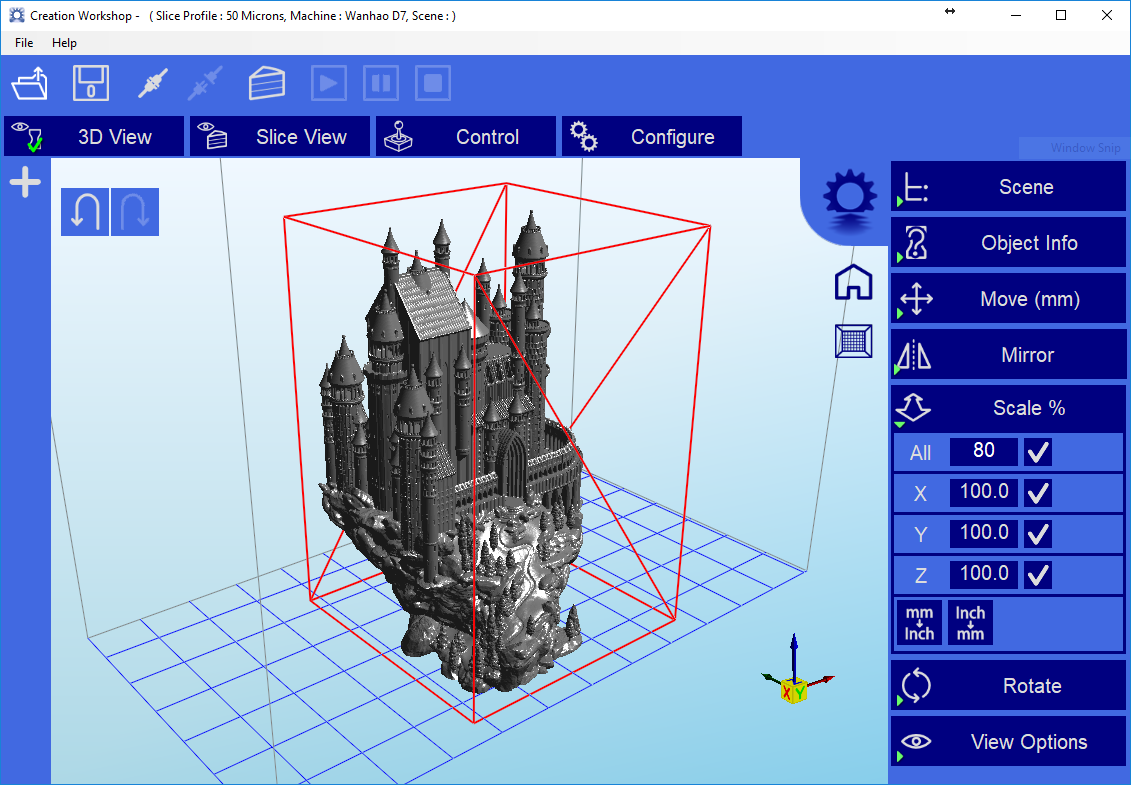
- #Creation workshop setup install#
- #Creation workshop setup generator#
- #Creation workshop setup software#
- #Creation workshop setup code#
#Creation workshop setup code#
Sample Modelling ProjectĪs a complement when following the instructions below, you can find the code for a completed workshop under the Lyo Adaptor Sample Modelling git repository. The java code that will be ultimately generated will be produced We will here create an Eclipse project within which we create the actual
#Creation workshop setup install#
Then, make sure you install Lyo Designer Create a Toolchain Modelling Project
#Creation workshop setup generator#
"Lyo Code Generator: A Model-based Code Generator for the Development of OSLC-compliant Tool Interfaces." SoftwareX, 2016.įirst, make sure your Eclipse environment is setup as expected for general Lyo development, as instructed in Eclipse Setup for Lyo-based Development
#Creation workshop setup software#
Jad El-khoury, Didem Gurdur, Mattias Nyberg, "A Model-Driven Engineering Approach to Software Tool Interoperability based on Linked Data", International Journal On Advances in Software, vol. If you wish to cite this modelling prototype in scientific papers Please send any questions or suggestions to the project mailinglist or report Bugs/features on Github References In particular, the graphical notation being used is experimental and certainly needs further improvements. Your feedback, suggestions for improvements and bug reports are appreciated. The prototype presented here is under development and its features may change over time.

Modelling project to the code generation and final execution of the tool This tutorial takes you through the steps from creating the initial OSLC, the following resources on can be recommended: Understanding of the Linked Data and OSLC concepts remains necessary in The OSLC standard (such as Linked Data, RDF, etc.). Working with the model allows you to work at a higher level ofĪbstraction, without needing to deal with all the technical details of Lyo software development kit (SDK) can be generated. That an almost complete interface code, which is compliant with the Sufficient information is captured in this view, so

Toolchain View – To allocate resources to tools.Lyo Designer can also be used to solely model domains, as instructed under the Domain Specification Modelling Workshop.Their properties and relationships, according the OSLC Core Domain Specification View – To define the types of resources,.

(Illustrations and details can be found later in this workshop): The instructions also include a walkthrough of the generated Lyo-compliant code.įor seperations of concerns, Lyo Designer structures the toolchain model around the following three viewpoints This workshop presents the use of Lyo Designer to graphically model a complete OSLC-based toolchain (including the interactions between OSLC servers and clients), and/or single server and/or client.


 0 kommentar(er)
0 kommentar(er)
